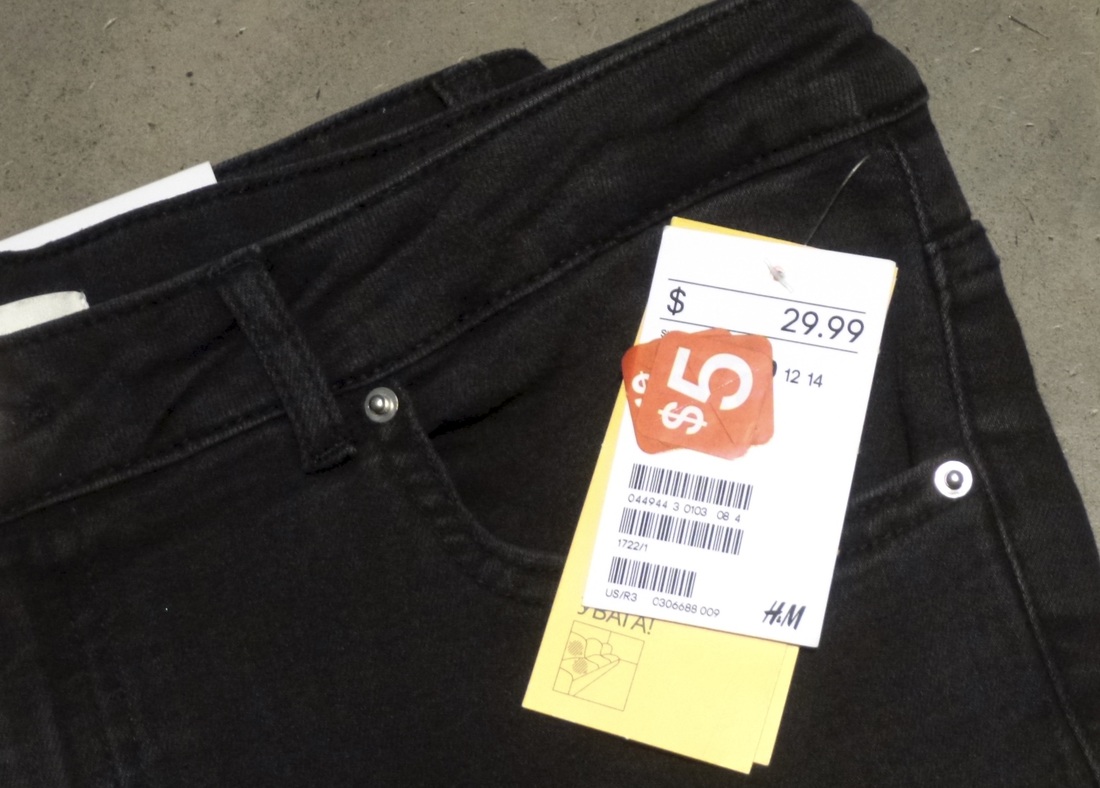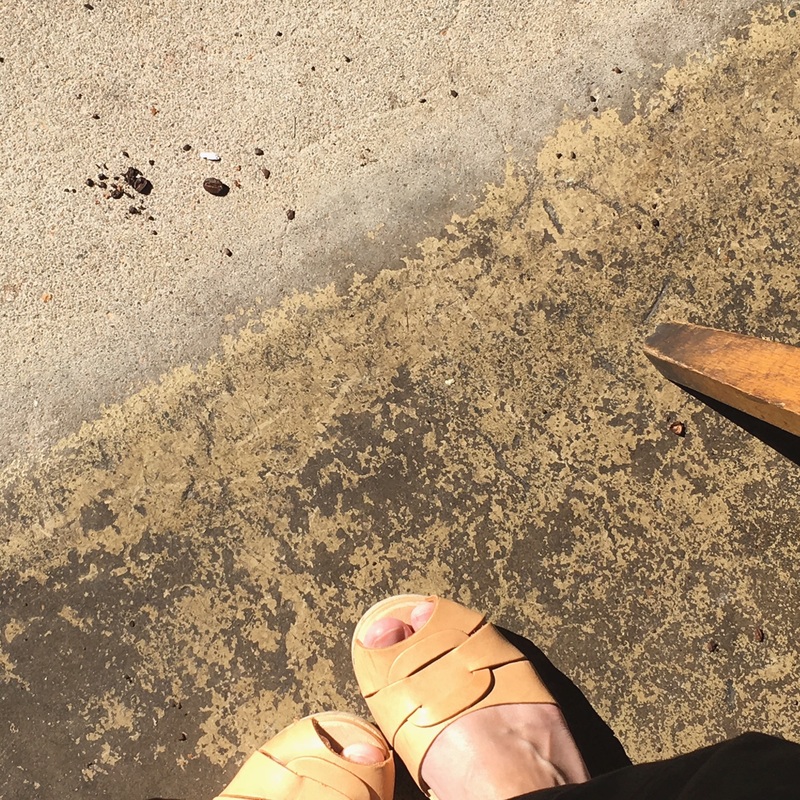And yet, that is just what the Fairdare is daring us to do. So how do we walk away from it... or why would we even want to consider it?
Cotton was grown by a farmer who planted, cared for, harvested and transported that fiber. The cotton was processed and made into thread that could be woven into fabric. That fabric was bleached and transported to the factory where it would be cut into the pieces that make up the shirt.
A single shirt involves sewing fronts to a placket and then sewing the back on. Button bands are sewn. Collar pieces are sewn together and turned inside out. Collar stand pieces get attached to the collar pieces which are then sewn to the shirt in progress. Sleeves are attached. This shoulder placket is lined, so that gets carefully assembled to cover all the raw edges. Cuffs and their sleeve plackets are assembled and sewn on...for each sleeve. The bottom is hemmed. Button holes and buttons are sewn onto the sleeve plackets, cuffs and front of the shirt. Any details that set this shirt apart from others are involved as well. This particular shirt has 4 darts sewn into the front and two more darts sewn into the back for shaping.
(I can tell you right now that I like to sew, but I would not make you a shirt for $20... and that is not even considering the pattern, fabric, buttons and thread costs. This is skilled work.)
More transportation is involved in getting the shirt to the warehouse from the factory, and then on to the store. Design and pattern making of the shirt has to be paid for, as does marketing, the storefront, and salespeople (not to mention all of the other employees of this company).
New items appear on the racks and shelves of fast fashion retailers weekly, if not daily. In order to provide this endless rotation of the latest trends, retailers must condense the time between design and product-in-hand to short timelines. Factories must guarantee delivery on very tight schedules in order to keep orders coming their way. Garment workers are pushed to work long hours six or seven days per week. There is usually no sick leave or maternity time off. The workers simply lose their jobs if they need to miss work. There is certainly no health insurance. Often the factory's only choice is to subcontract the work to even more unscrupulous factories in order to keep from losing all subsequent contracts. Slave labor and child labor are not uncommon.
We want fair compensation and safe working environments for those involved in making our clothing. We want families to be able to depend on living wages and job security. Fast fashion needs to hear our message loud and clear. There's only one way to truly have our voices heard. We have to be willing to stop buying fast fashion. I challenge you to consider this choice to stop... not as sad or even as a sacrifice. I challenge you to consider this choice to stop buying fast fashion as powerful activism, because that's what it is!
Love,
Jane









 RSS Feed
RSS Feed